We were lucky to catch up with Cass Hoverson recently and have shared our conversation below.
Cass, thanks for joining us, excited to have you contributing your stories and insights. Learning the craft is often a unique journey from every creative – we’d love to hear about your journey and if knowing what you know now, you would have done anything differently to speed up the learning process.
Ironically enough, learning how to sew was never something I sought out. My grandma taught all of her granddaughters how to sew at a really young age – she even bought each of us our own sewing machine for Christmas when we turned 12.
I’m really grateful to have learned from my grandma, because she is very militant with her sewing in the best way possible. When I was an 8 year old and not passionate about it, it felt like a chore – I didn’t want to go press my seams after every line of stitching I did! But looking back, I realize I got the best quality of teaching. I’m forever grateful I learned at such a young age, because those skills became muscle memory and now it will always feel like riding a bike. As I’ve gotten older I’ve turned to Youtube and Tik Tok to learn more advanced tricks and skills. I feel like I’ll never stop learning!

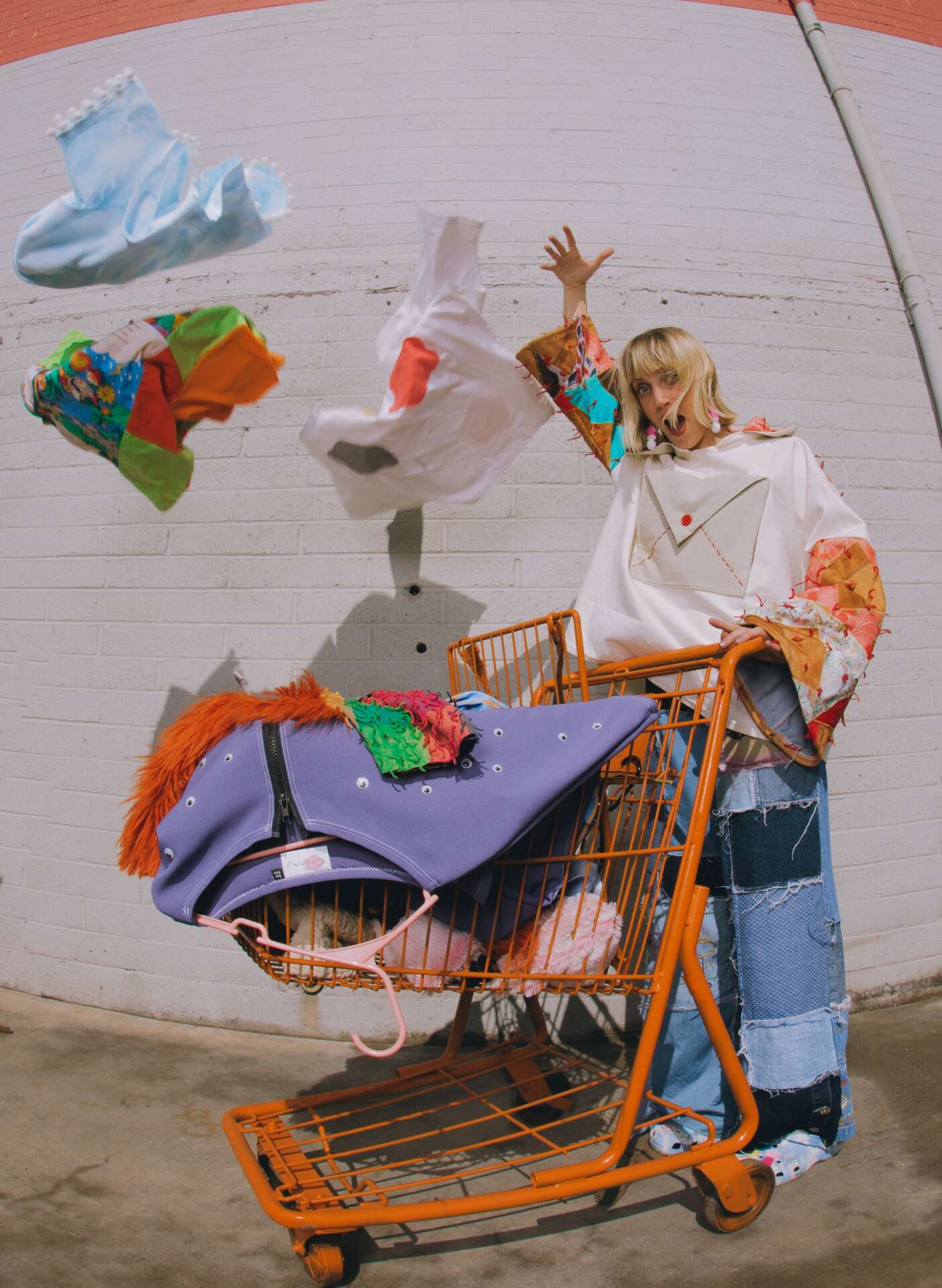
Awesome – so before we get into the rest of our questions, can you briefly introduce yourself to our readers.
I’m Cass, a fashion designer based in Phoenix, AZ. I grew up in Fargo, North Dakota where diversity was minimal. I went to college in Minneapolis, and those 4 years are what really exposed me to what individuality could be. I lived in Minneapolis during the Trump election, so there were a lot of protests going on. At the time I was strictly doing embroidery, so I was embroidering protest shirts for my friends and I. It quickly snowballed into politically-charged embroidered products under my first brand called Swollen Liver.
When people used to ask me what my dream job was, I always said to start a gender-neutral clothing line. So many of my friends identified as non-binary, so they struggled finding clothes that made them feel seen. I made some tops and whatnot for a few friends here and there, but I didn’t officially start up my current brand, Crummy, until 2020 – the year when everyone started new endeavors. I was stuck in the “life is short – we could all die tomorrow” mentality, so I decided to do what I always wanted to do.
Every piece of clothing I make is used from thrifted materials. I usually get my fabric from tablecloths, curtains, bedding, or just loose fabric. I even use thrifted buttons and zippers. I’ve been branching out into other hand-crafted products such as zines, jewelry, tote bags, pillows, and even Crummy-branded jibbitz. I’m determined to get more into furniture, so be on the lookout for that!
If there’s one thing I want folks to take away from my brand after reading this, it’s that each and every piece is quite literally made with love, as corny as that sounds. Each piece is one-of-one. I never use the exact same pattern twice, and if I do happen to reuse a pattern, I find ways to change it up. Crummy is all about individuality, and I want folks – no matter how they identify – to feel seen, sexy, and satisfied.
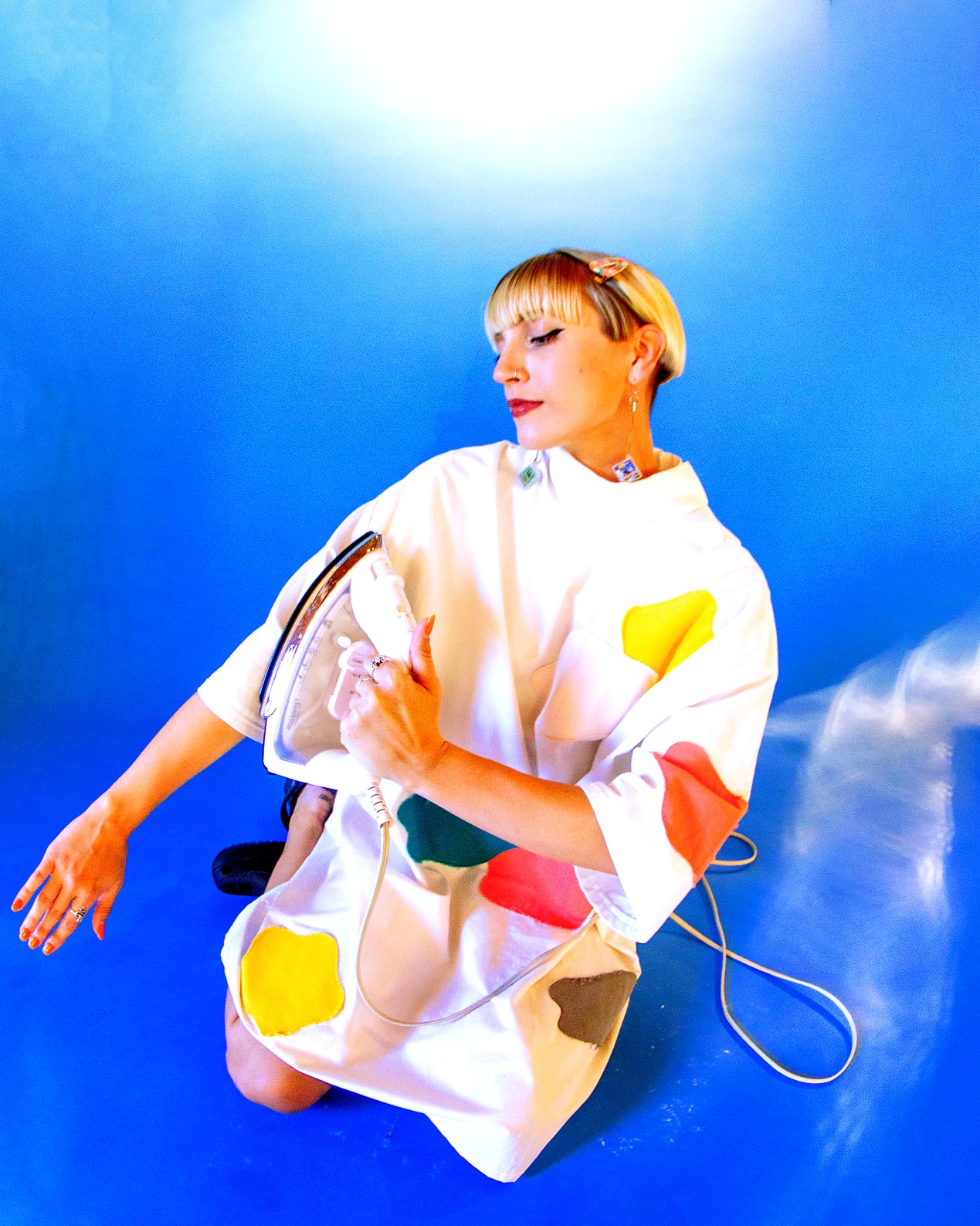

How about pivoting – can you share the story of a time you’ve had to pivot?
The main reason I started Crummy was to give gender-fluid folks an outlet to find clothes that made them feel seen and help express themselves in the way they want. That mission caused me to start Crummy as a made-to-order model. The idea was to allow people to have fully customizable clothes. I let folks choose every single detail (for example, for a shirt they could choose long vs. short sleeve. button-up vs. crewneck, the color, and crop or regular length). This gained a lot of attention and respect, but it wasn’t sustainable. I would get 50+ clothing orders when I did sales, so I wouldn’t be able to ship clothes to certain people fast enough. After the first year, I changed my business model to have one-of-ones. This was the best decision was the best I could have made because I feel like an artist again rather than a manufacturer.
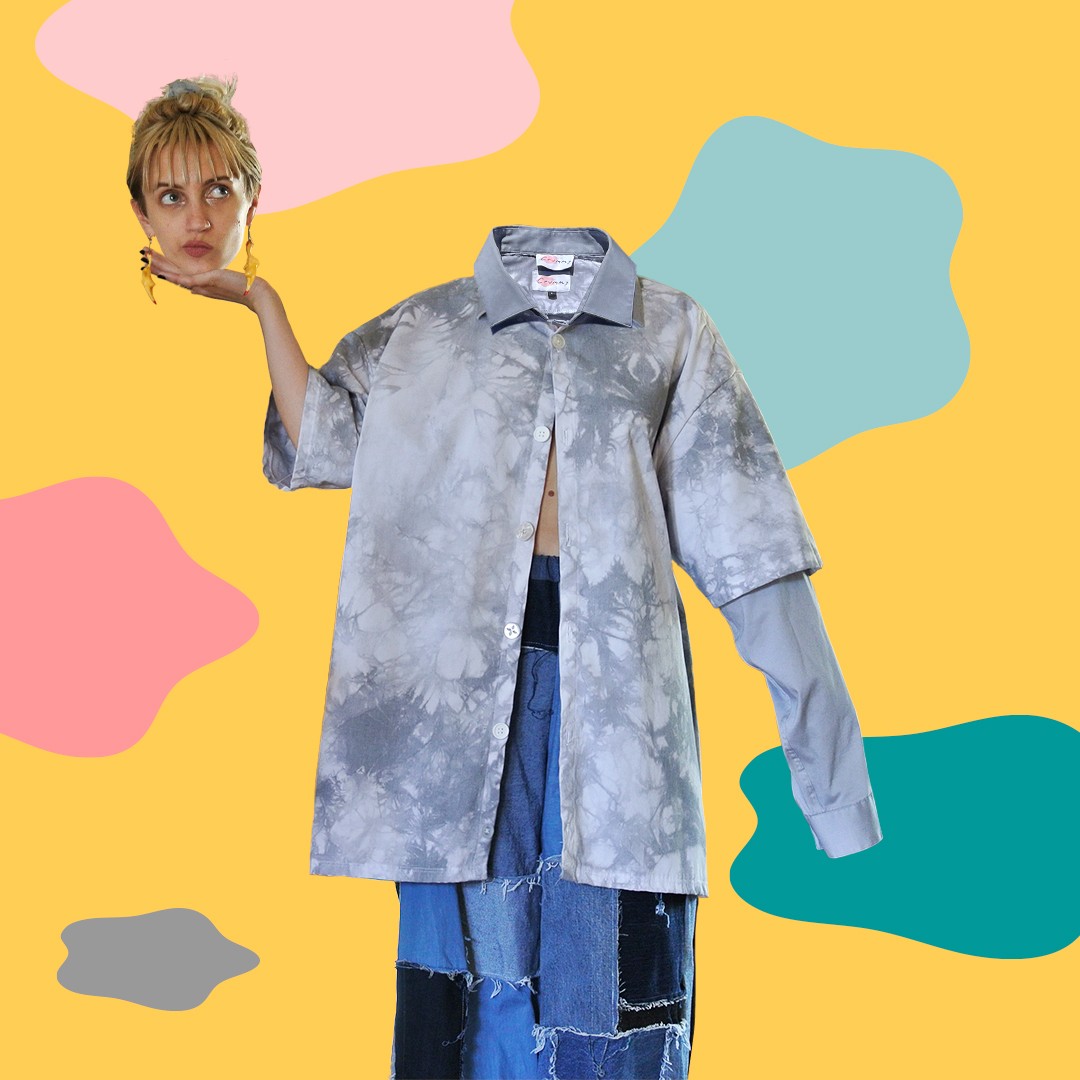
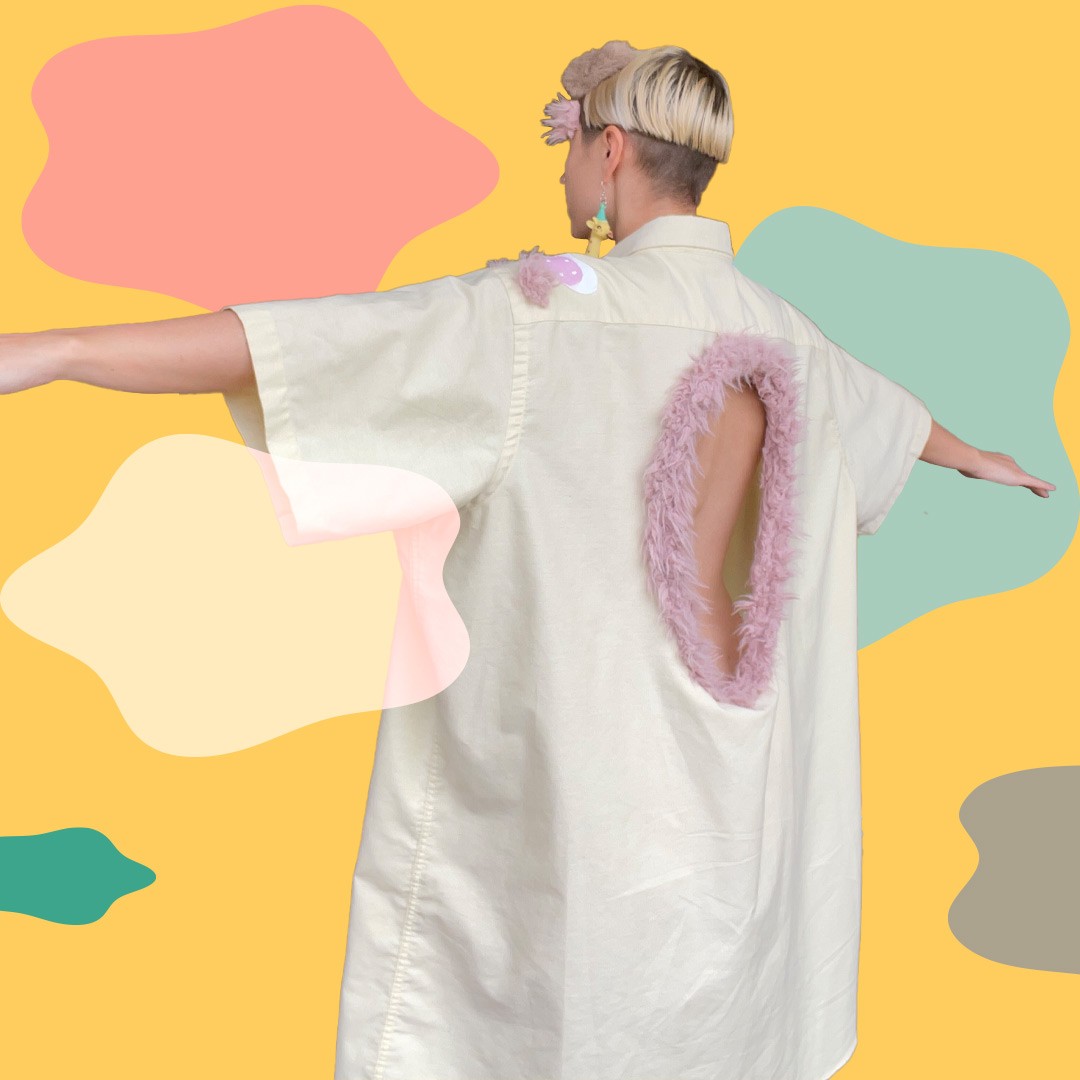
How can we best help foster a strong, supportive environment for artists and creatives?
This phrase is over-used, but shop local! Places like Shien and Forever 21 don’t need your money. Small businesses and brands quite literally need your money. If you don’t know where to find small brands, artist markets are a great place to start!
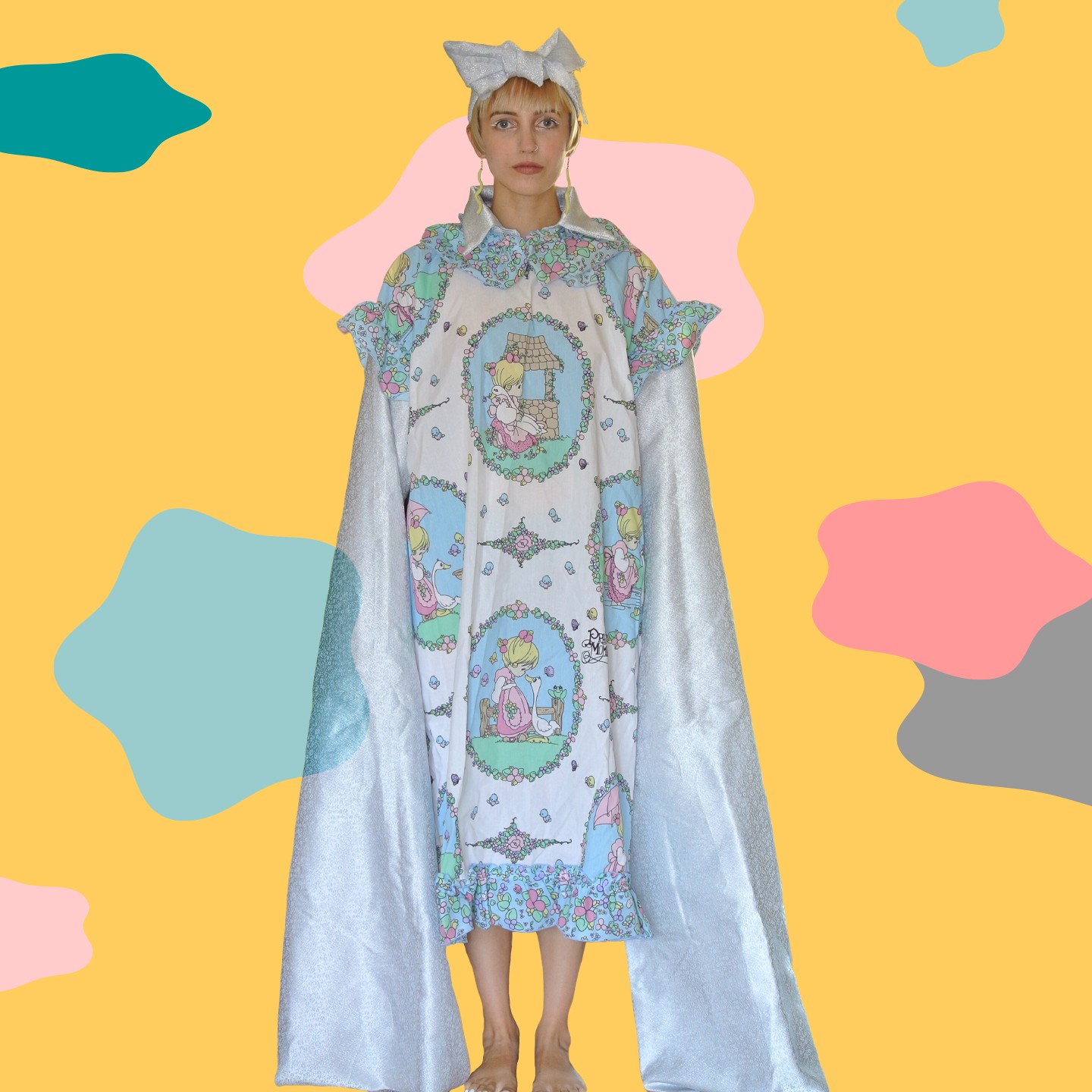
Contact Info:
- Website: https://www.crummyclothes.com/
- Instagram: https://www.instagram.com/crummy.clothes/
Image Credits
Anitah Diggs, Ellie Rose Carty


